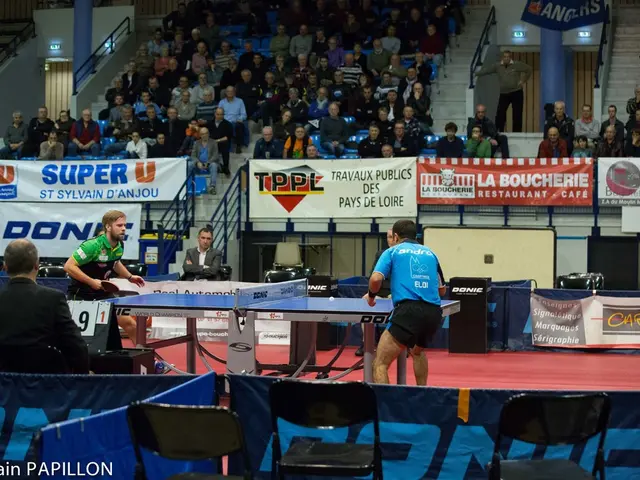Aerial Filming Comparison: Drone Technology versus Conventional Aircraft Techniques
In the world of filmmaking, a new player is making waves: drone cinematography. Traditional aerial filming, with its high-capacity equipment, has long been the go-to method for capturing stunning aerial shots. However, drone cinematography is quickly becoming a rising alternative, offering several advantages that are hard to ignore.
Major film production companies like Warner Bros., Universal Pictures, and Netflix have begun integrating drone cinematography into their productions, recognising its potential for dynamic aerial shots. One of the key advantages of drone cinematography is its accessibility and efficiency. Unlike traditional aerial filming, which requires a large crew and extensive setup, drone cinematography can be controlled remotely, allowing for precise movements and adjustments during filming.
Moreover, drone cinematography allows for innovative angles and creative mobility. It can capture a bird's-eye view of a scene, offering perspectives that traditional aerial filming cannot. Drone cinematography can also be used for long takes, providing continuous shots without the need for a crane or other equipment. This makes it an ideal choice for productions with tight schedules.
Cost-effectiveness is another key advantage of drone cinematography. Compared to traditional aerial filming equipment, drones are relatively affordable and can be set up and taken down quickly. Additionally, drone cinematography can be used in environments where traditional aerial filming equipment would be too large or cumbersome.
However, the future of aerial cinematography is still under discussion. Both drone and traditional methods are being considered, with each offering its own unique benefits. Traditional aerial filming, for example, provides unmatched stability and durability in extreme conditions. It also carries a certain prestige factor.
It's important to note that drone cinematography is not without its challenges. It can be subject to regulations and restrictions, depending on location and circumstances. For instance, some locations may have rules about flying drones at certain heights or within certain distances of people or buildings.
Despite these challenges, the rise of drone cinematography in filmmaking is undeniable. Its ability to capture high-resolution footage, comparable to that of traditional aerial filming equipment, and its potential for live feeds, allowing directors to see the shot in real-time and make adjustments as needed, make it an exciting development in the world of filmmaking. Whether it will fully replace traditional aerial filming remains to be seen, but one thing is certain: drone cinematography is here to stay.
Read also:
- Peptide YY (PYY): Exploring its Role in Appetite Suppression, Intestinal Health, and Cognitive Links
- Exploring the impacts and various aspects of smoking cigars
- Easing Pedestrian Traffic Signal Pressure
- Aspergillosis: Recognizing Symptoms, Treatment Methods, and Knowing When Medical Attention is Required








